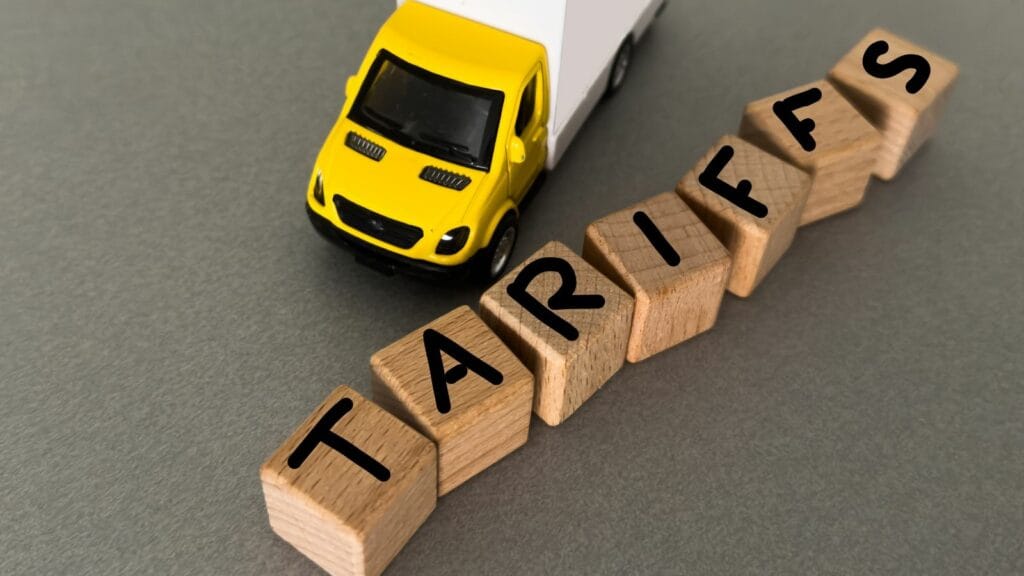With the global tariff game heating up, Canada may soon find itself either in the fast lane of economic change or stalled on the shoulder with its hazard lights blinking. Whether you’re a diehard gearhead or someone who thinks “catalytic converter” is a Marvel movie, understanding how auto tariffs could rock the Canadian economy is crucial. Here are 25 reasons these trade tweaks might shift our entire economic landscape.
The Price Pump: Cars Could Cost More Than a Ski Chalet in Banff
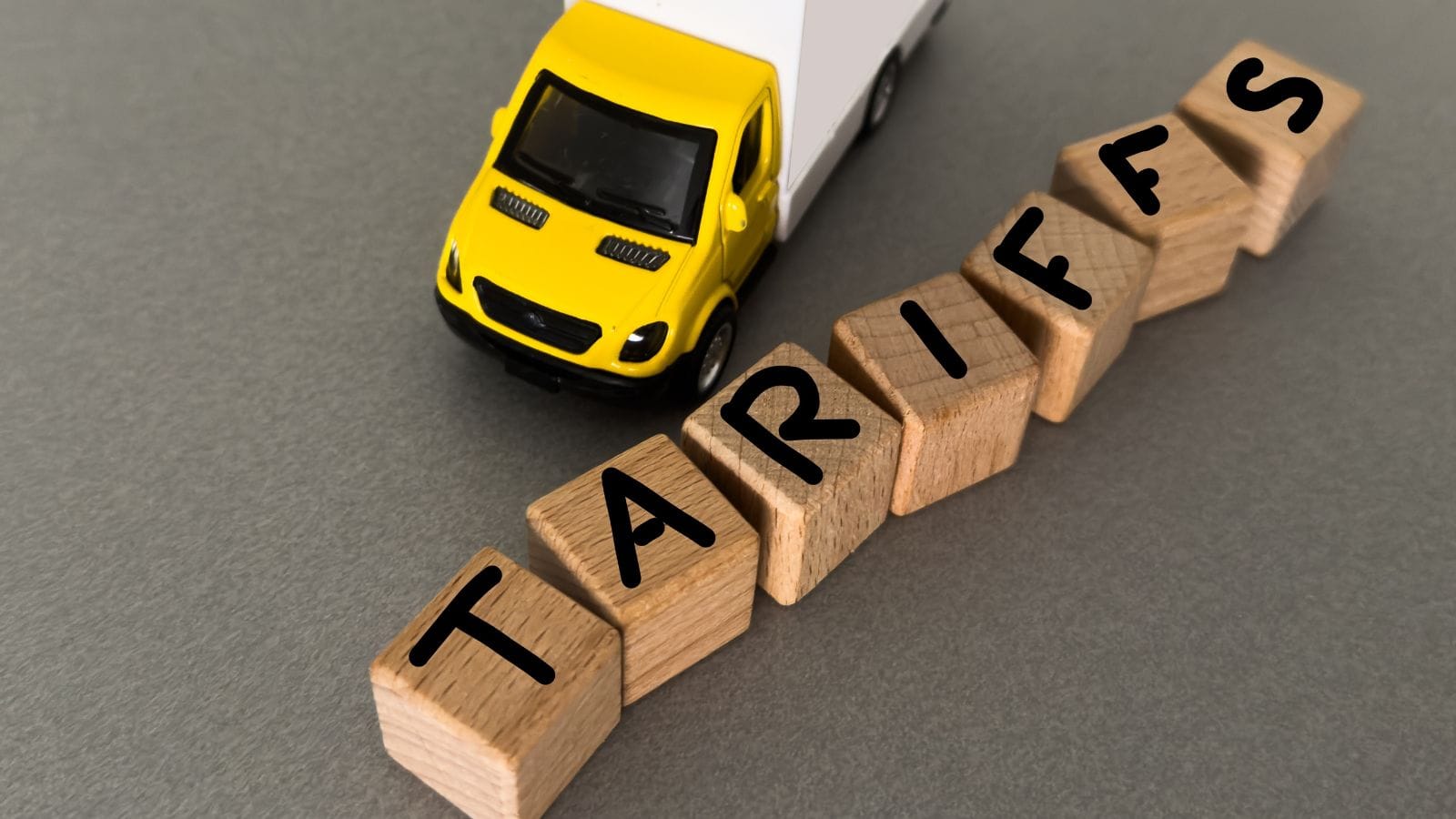
Auto tariffs could reduce imported vehicles’ costs, turning a modest sedan into a luxury purchase. Canada’s automotive industry is deeply integrated with U.S. supply chains, particularly in Ontario. Tariffs could reduce motor vehicle exports by over 6% in 2025, equating to a loss of C$550 million and more than 2,200 layoffs. The broader economic impact includes potential retaliatory tariffs, supply chain disruptions, and increased production costs, which may lead to further job losses and decreased competitiveness. Consumers would bear the brunt of this.
Domestic Manufacturers Might Do a Little Happy Dance

Canadian car makers like General Motors Canada, Toyota Canada, and Honda Canada could be boosted. According to the Canadian Vehicle Manufacturers’ Association (CVMA), Canada’s auto sector contributes over $19 billion to GDP and supports more than 125,000 direct jobs. By nudging buyers toward homegrown models, tariffs might revitalize production lines, encourage local investment, and help offset recent layoffs or plant closures. While consumers might grumble at higher prices, domestic manufacturers could seize the moment to ramp up output and gain market share.
Supply Chain Mayhem Looms

While some might toast tariffs to boost domestic manufacturing, the cork might hit them in the face. Canada’s auto industry is deeply integrated with the U.S. and Mexico through the USMCA, with car parts crossing borders up to seven times before final assembly. Tariffs could snarl this delicate choreography, triggering delays, higher costs, and layoffs. For instance, a 10% tariff on imported parts could inflate vehicle production costs by $1,000–$2,000 per unit.
Jobs on the Line: Thousands Could Be at Risk
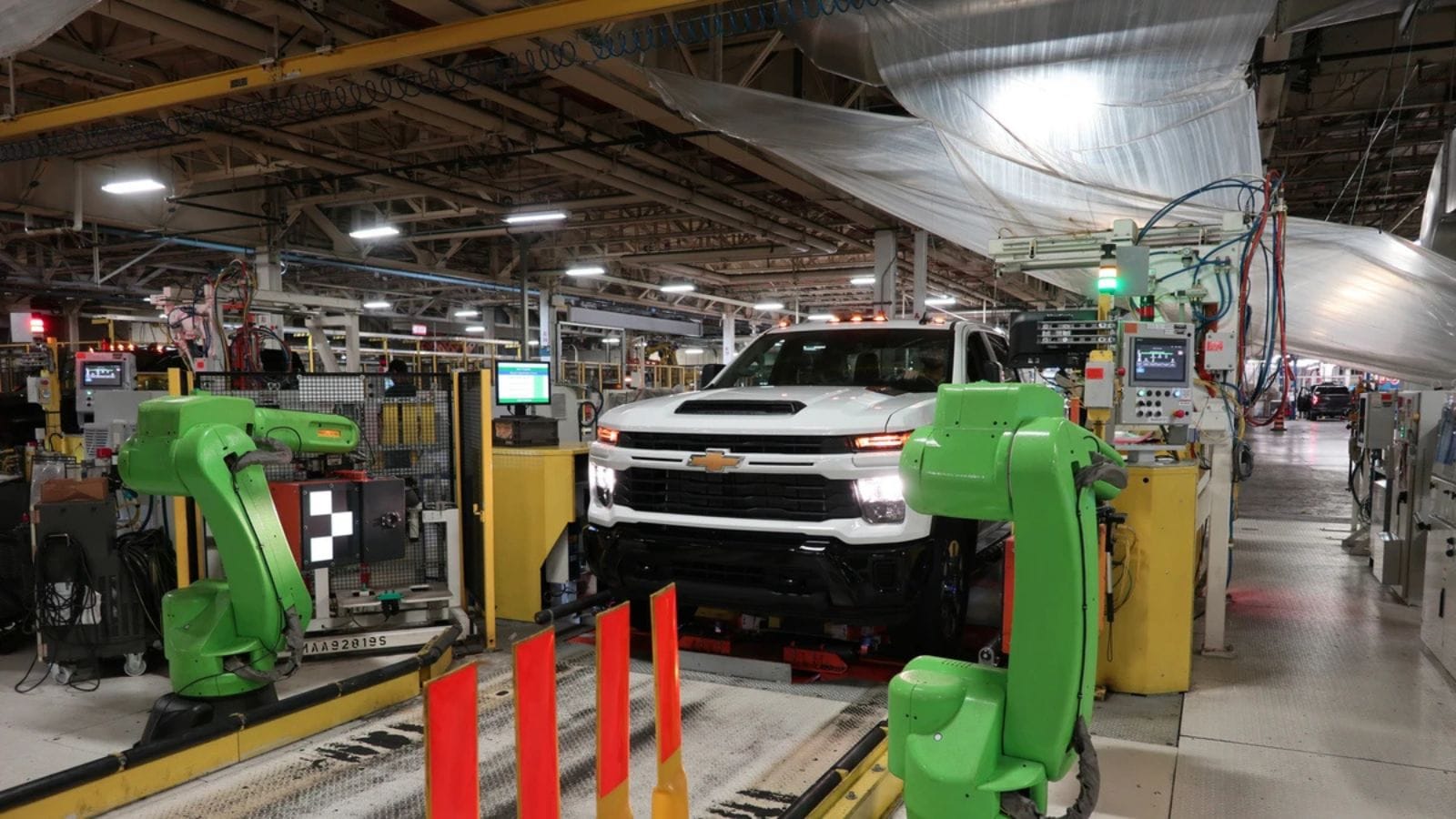
According to the Canadian Vehicle Manufacturers’ Association, over 125,000 Canadians work directly in vehicle manufacturing. Ontario, the heart of Canada’s auto manufacturing, faces the brunt of this impact. Reports suggest that the trade war makes up to 65,000 jobs in the province’s auto sector vulnerable. The integrated nature of the North American auto supply chain means that tariffs disrupt multiple stages of production, leading to increased costs and reduced competitiveness. Throwing tariffs into the mix could result in layoffs if plants downsize or shift operations abroad.
Dealer Drama: Showrooms May Turn into Ghost Towns

Car dealerships already operate on thin margins and are feeling the strain. Vehicle prices have surged due to increased production input costs, leading to decreased consumer demand. Some dealerships report significant drops in showroom traffic, likening the atmosphere to a “ghost town.” This downturn not only affects sales but also threatens employment within the sector. These measures risk triggering a recession if sustained, underscoring the critical need for swift resolution to avoid long-term economic damage.
Exporters Could Feel the Burn

Auto tariffs could significantly disrupt Canada’s economy, particularly affecting exporters. The automotive sector is highly integrated with the U.S., with 91% of Canadian automotive exports destined for the American market. Tariffs could upend this supply chain, while a prolonged dispute could destabilize the sector and affect $250 billion in auto trade. And, if retaliatory tariffs come into play, our exports could face barriers, throttling one of our major economic engines. These factors underscore the potential for auto tariffs to be a game-changer for Canada’s economy.
Provincial Economies Could Take a Gut Punch
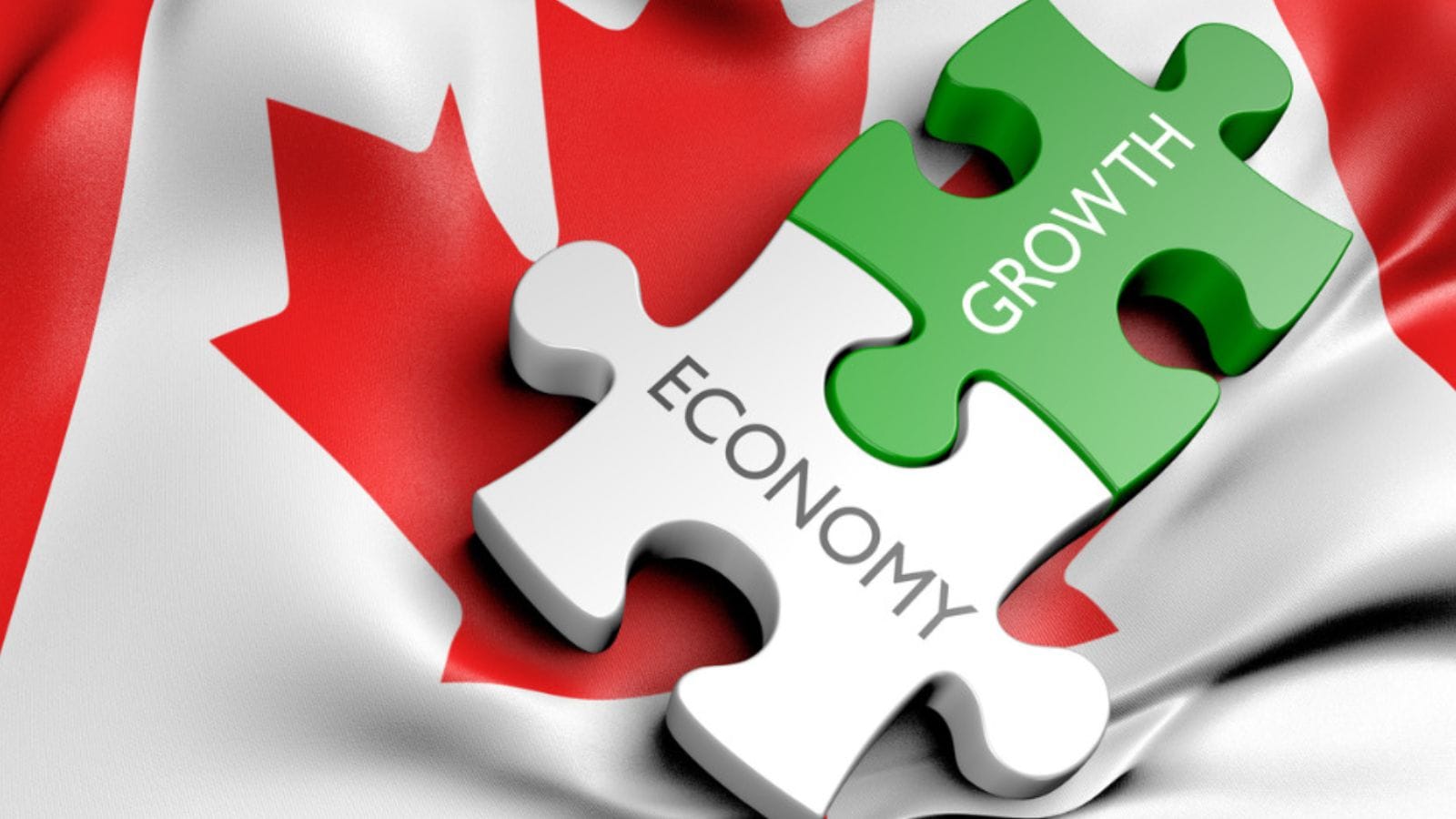
Ontario, Canada’s auto heartland, would feel the sting more than others. Plants in Oshawa, Windsor, and Ingersoll could suffer job losses, leading to provincial economic dips. Quebec’s economy is also at risk, with key industries like aerospace, primary metal, and truck manufacturing expected to be among the hardest hit. This could potentially cause the province’s economy to fall 1.2% below baseline in the second quarter. Nationally, the auto industry employs over 600,000 people and is Canada’s second-largest export sector.
Tariffs Are Taxing—Literally

A tariff is essentially a tax. So, while it might look like we’re “punishing” foreign automakers, Canadian consumers and businesses pay at the end of the day. This doesn’t just hurt car buyers; it also squeezes dealerships, auto service providers, and aftermarket industries. Tariffs also inflate the cost of imported parts, disrupting Canada’s manufacturing sector, which relies on a complex, cross-border supply chain. Ontario, the heartland of Canada’s auto sector, could see thousands of jobs at risk. Simply put, tariffs act as stealth taxes on consumers and industries, potentially slowing GDP growth and sending the economy into a lower gear.
New Vehicle Sales Could Hit the Brakes

The Canadian auto industry has seen declining sales since 2017. Also, the price surge is expected to suppress demand, with forecasts indicating a combined drop of 1.8 million vehicle sales in the U.S. and Canada for 2025. The Canadian auto industry, which produced 1.3 million vehicles in 2024—1.1 million of which were exported to the U.S.—is at risk of significant disruption. Such a downturn could ripple through the economy, affecting jobs and consumer spending. If tariffs are added to the mix, we could see an accelerated decline as buyers delay or downsize purchases.
Used Car Market May Boom (and Not in a Good Way)

Higher new car prices could push more consumers toward used vehicles. This sounds good until demand outstrips supply and used prices skyrocket, turning a 2008 Corolla into a hot commodity. This trend is expected to continue, potentially leading to a prolonged period of elevated vehicle costs unless trade tensions are resolved. Overall, the combination of tariffs and heightened consumer demand is reshaping Canada’s automotive landscape, with lasting implications for both new and used vehicle markets.
Inflationary Pressure Could Inflate More Than Tires

With tariffs driving up vehicle and part prices, inflation could tick upward. And not just for cars—transportation costs affect nearly every sector, from groceries to lumber. This increase would likely raise consumer costs, feeding into broader inflation as transport and goods prices climb. Higher vehicle prices could reduce new car sales, hurt dealerships and manufacturers, and lead to job losses. Inflationary pressures on cars, something many Canadians budget tightly around, could spread into higher costs across industries reliant on transportation.
The Ripple Effect: It’s Not Just About Cars

Transportation industries, parts suppliers, trucking companies, and even restaurants near factories rely on the auto sector. The ripple effect extends to other sectors, too. Retail sales saw a 4.8% increase in March, driven by consumers accelerating auto purchases ahead of anticipated price hikes. However, this surge masks underlying weaknesses, with manufacturing sales dropping 1.9% and wholesale trade declining 0.3%. A slowdown here could create a domino effect across the economy.
Trade Retaliation: The U.S. Might Not Take It Kindly
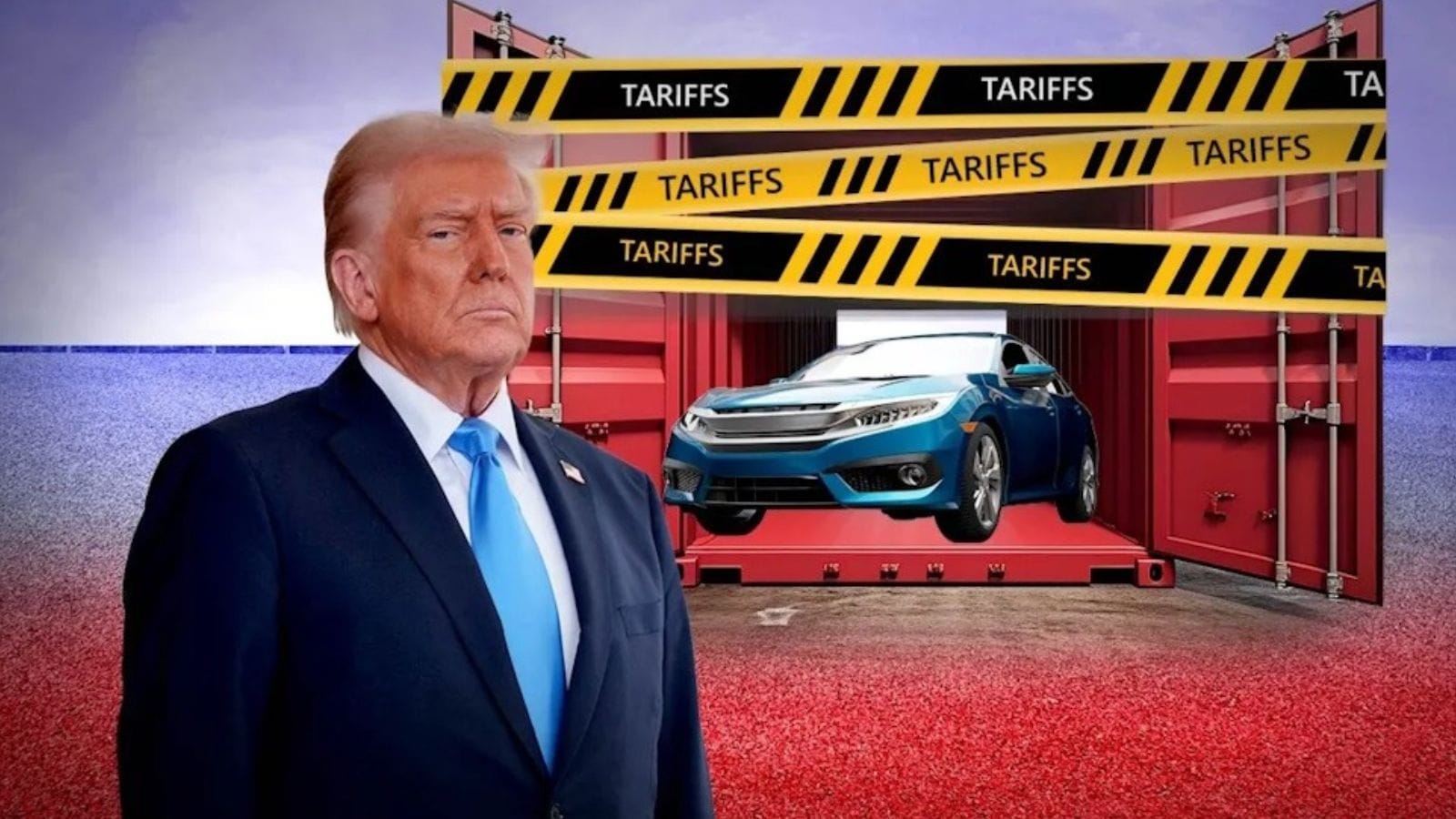
Canada’s imposition of a 25% tariff on U.S. vehicle imports, effective April 3, 2025, is a direct response to U.S. tariffs on Canadian goods. This move underscores the interconnectedness of the North American auto industry, where Canada plays a pivotal role. Ontario, for instance, is home to 85% of Canada’s auto and parts industry, making it particularly vulnerable to such trade disruptions. And, if Canada slaps back with its tariffs in response to U.S. levies, we could see a good ol’ fashioned trade war.
Investment Uncertainty May Clog the Pipeline

When talk of auto tariffs revs up, automakers slam the brakes on long-term planning. Suddenly, that shiny new assembly plant in Ontario? Maybe not. In 2023, over $15 billion in EV-related investment commitments poured into Canada. Still, tariffs could bring investors to Mexico or the U.S., where trade rules feel less like a roulette wheel. Canada might watch its green auto future drive off into the sunset—with an American license plate.
Canadian Innovation Could Stall

The auto sector is a huge source of R&D in Canada. If profits dry up due to tariffs, funding for innovation in electric vehicles, AI, and clean tech could get slashed. And let’s talk brain drain—young engineers might zip south for smoother roads (and fewer tariffs), stalling homegrown breakthroughs. Canada’s reputation for green vehicle tech and AI-driven manufacturing could rust faster than a ‘97 Pontiac in a snowstorm. According to the Canadian Vehicle Manufacturers’ Association and Export Development Canada, the ripple effect could extend to R&D, innovation hubs, and the tech sector.
Auto Loans Could Become Riskier

Auto loans could become the financial equivalent of stepping on a LEGO in the dark if auto tariffs roll in. Why? Well, tariffs = pricier imported cars. Higher sticker prices mean Canadians need bigger auto loans to afford that sweet ride. According to TransUnion, the average auto loan in Canada already hit over $26,000 in 2023. Add tariffs, and that number might bulk up faster than a protein-shake-loving gym bro. But here’s the kicker: rising car prices + fatter loans = higher default risk. The Bank of Canada has flagged growing auto loan delinquencies, especially among younger borrowers.
Insurance Rates Might Creep Up

As vehicle prices rise, so do insurance premiums. According to the Insurance Bureau of Canada, even minor damage repairs on newer vehicles already average over $3,000. Throw in a 20% tariff on parts from the U.S., and poof—that dent in your bumper starts to look like a financial crater. Plus, pricier cars (thanks to tariffs on whole vehicles) mean bigger claims. As claim payouts rise, so do premiums. It’s a domino effect, and your wallet is the last tile. Buckle up, Canada.
Cross-Border Shopping Becomes a Headache

Picture this: Canadians flocking to U.S. border towns like Black Friday warriors, hunting for car deals like they’re snagging flat-screen TVs. That’s been the norm—until auto tariffs roll in like a grumpy customs agent. With proposed U.S. tariffs on Canadian-made vehicles (up to 25% in past threats), those wallet-friendly road trips suddenly turn into budget nightmares. Canada exports over 80% of its vehicle production to the U.S., raking in billions annually. A tariff slap could gut the auto sector, jeopardizing over 135,000 manufacturing jobs. Prices on both sides of the border would spike, pushing Canadians to ditch Dodge’s dreams for used Toyotas and rethink their border-hopping habits.
Environmental Goals Might Take a Back Seat

Electric vehicles (EVs), the eco-friendly darlings of the auto world, are expensive to produce, especially if tariffs raise the price of imported components like batteries from the U.S. or China. Canadian automakers, already juggling carbon targets and cost pressures, might say, “Eh, forget it,” to green investments if survival becomes priority number one. So yeah, if tariffs rev up, our zero-emission dreams might hit the brakes.
Luxury Car Buyers Might Feel the Pinch Too (Gasp!)

Even high-end brands aren’t safe. Luxury cars? Even more so. These tariffs wouldn’t just ding the wallets of Mercedes lovers; they’d ripple through dealerships, service centers, and auto parts suppliers. With the auto sector making up over 10% of manufacturing GDP, even a tiny drop in sales could drive a huge economic skid. And let’s not forget the 125,000 Canadians working in vehicle retail. And yes, even if you don’t drive a Porsche, your neighbor’s painful car bill might stall the economy.
Tech Companies Could Lose a Partner in Innovation

Startups and tech firms working on autonomous driving, infotainment systems, and AI often partner with automakers. According to the Canadian Vehicle Manufacturers’ Association, the auto industry supports over 500,000 jobs, with billions in exports. Plus, Ontario is Canada’s Detroit (minus the Motown). Tariffs could choke investment, stall innovation, and send tech talent looking elsewhere.
Border Infrastructure May Get Jammed Up
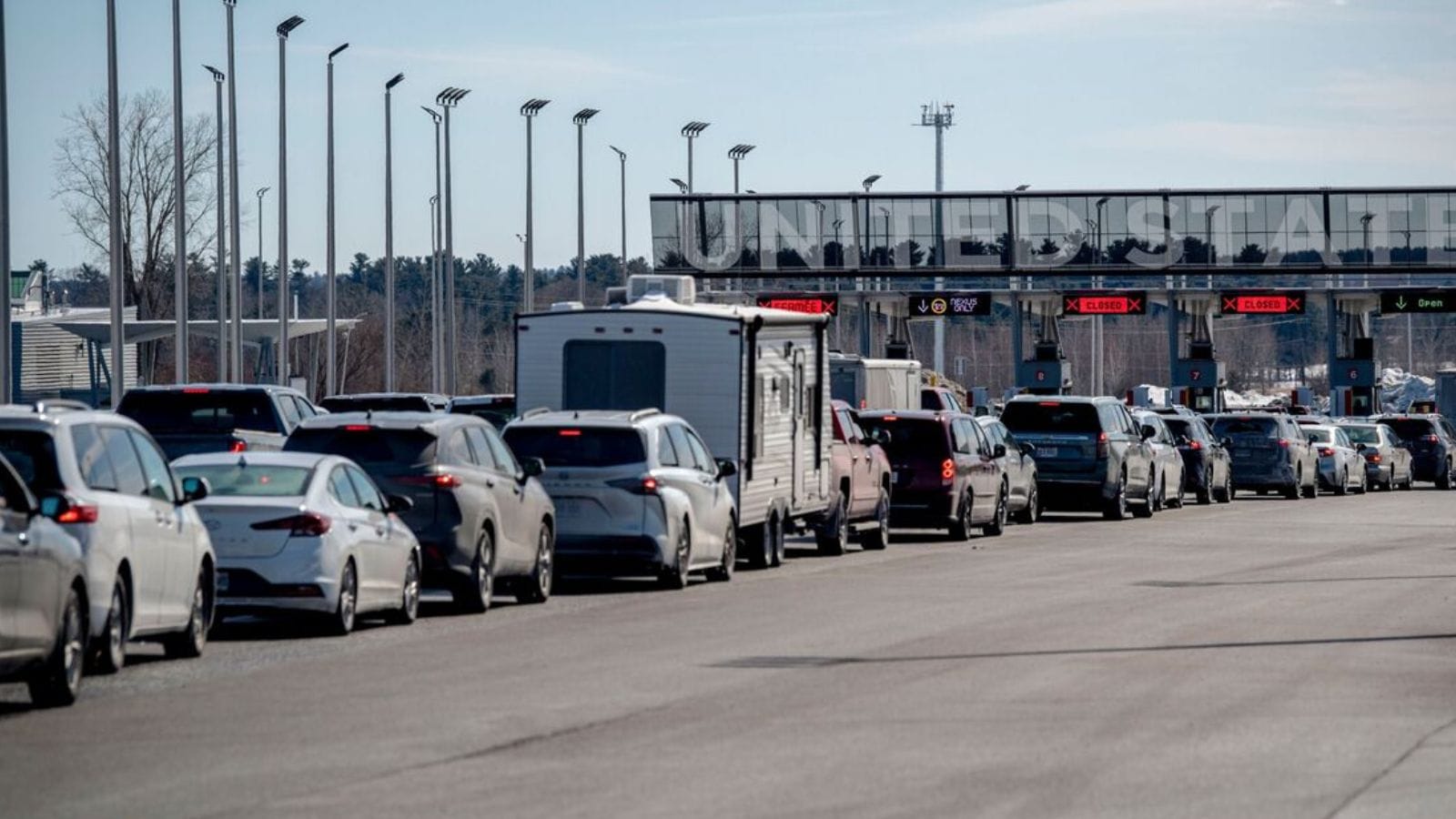
Increased inspections, paperwork, and duties could create delays at border crossings. Auto manufacturing is an ultra-integrated North American gig. A crankshaft might cross the border five times before becoming part of your Uncle Gary’s pickup truck. If tariffs clog the border, delays, and costs spike, productivity takes a nap, and jobs might cruise south of the border. Oh, and the Ambassador Bridge? It handles 25% of all Canada–U.S. trade. If that gets jammed, expect a traffic report and an economic headache.
Canadian Auto Parts Sector Gets Caught in the Crossfire

Imagine building a car, but suddenly, the price of your screws and gears doubles overnight—welcome to the Canadian auto sector under tariff turmoil. With 90% of our auto exports heading straight to the U.S., any tariff tiff between Uncle Sam and other countries (hello, China and EU) sends shivers down our assembly lines. The kicker? Many Canadian parts are made with imported materials—often from countries in the tariff danger zone. Add a tariff, and voilà: the cost of doing business revs up faster than a Dodge Charger. Even worse, Canada’s auto sector supports over 500,000 jobs, meaning tariffs could also slam the brakes on employment.
Political Ramifications Could Shake Things Up
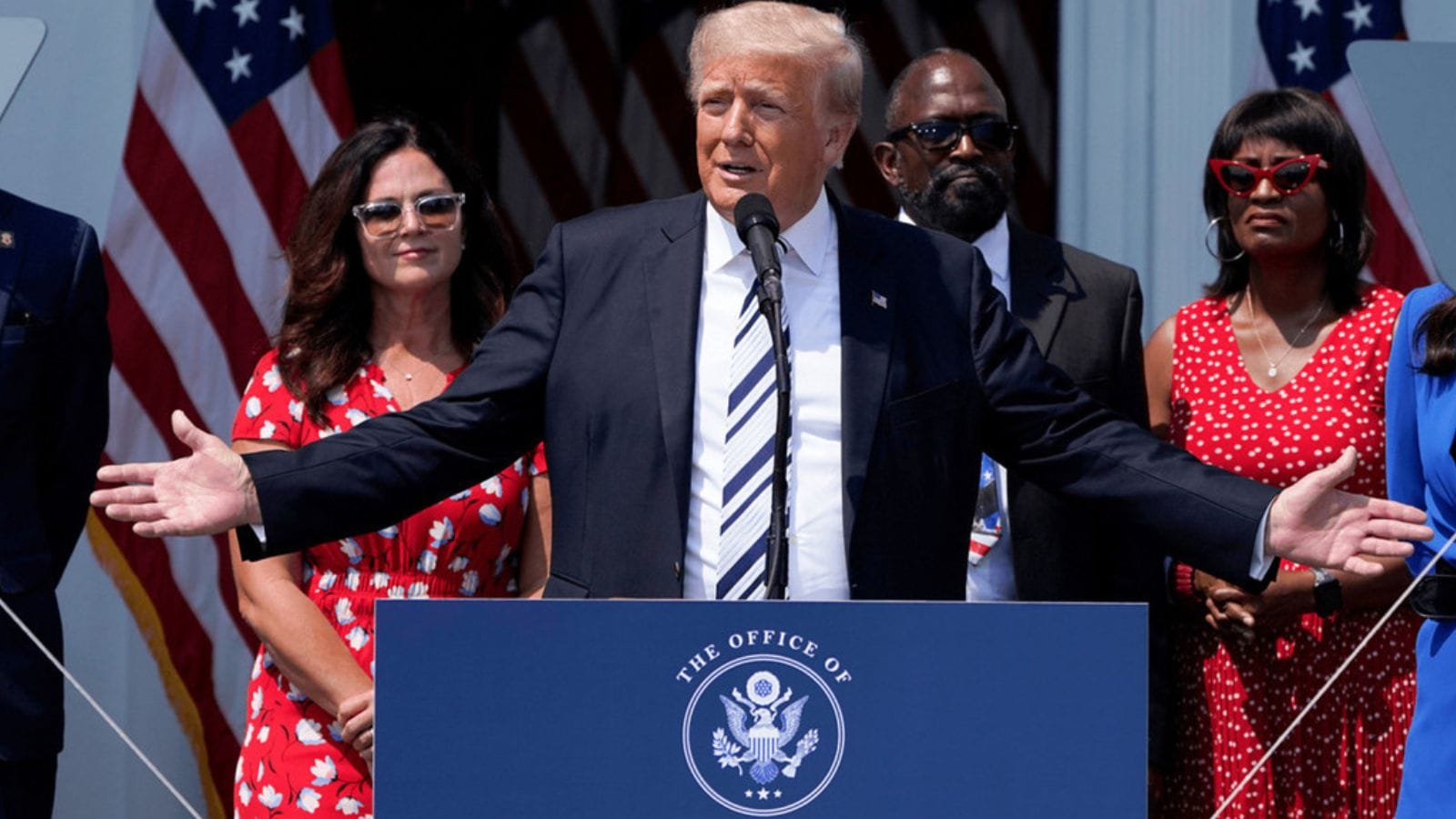
Auto tariffs could become a hot potato in Parliament. Politically, it’s like throwing a wrench in NAFTA/USMCA harmony since the U.S. is a significant trading buddy. Canada might retaliate, sparking a tariff tit-for-tat that could stall cross-border trade and upset supply chains. On the bright side, domestic automakers might get a boost, creating jobs and innovation—if they can quickly shift gears. So, these tariffs? More than just a speed bump—they could be a full-blown economic traffic jam or a turbo boost, depending on which lane politics takes!
It’s a Global Game—And Canada Isn’t Alone

Welcome to the global auto showdown, where tariffs are like surprise power-ups in Mario Kart—but for economies! Canada, often the underdog, is revving its engines with new auto tariffs to level the playing field. Why? Because countries like the U.S. and the EU have already slapped tariffs on foreign cars to protect their shiny rides. Canada’s move could boost domestic car manufacturing, creating jobs for around 125,000 Canadians in auto plants and parts suppliers. Plus, tariffs might nudge manufacturers to build more vehicles here instead of shipping in parts from abroad.
25 Facts About Car Loans That Most Drivers Don’t Realize

Car loans are one of the most common ways people fund car purchases. Like any other kind of loan, car loans can have certain features that can be regarded as an advantage or a disadvantage to the borrower. Understanding all essential facts about car loans and how they work to ensure that you get the best deal for your financial situation is essential. Here are 25 shocking facts about car loans that most drivers don’t realize:
25 Facts About Car Loans That Most Drivers Don’t Realize
